The CIRCUL-A-THON submission window has now closed.
All finalists will be notified in the coming weeks and will be invited to present to the executive jury at the awards ceremony in Saudi Arabia.
All finalists will be notified in the coming weeks and will be invited to present to the executive jury at the awards ceremony in Saudi Arabia.
CIRCUL-A-THON by SABIC
Join the challenge to design a circular future
OVERVIEW
Technological breakthroughs, such as IoT, smart appliances, and electrification, are changing how we live, work, and take care of ourselves. We’re creating more convenience and comfort than ever before, but climate change and global scarcity of resources are still holding us back.
SABIC is excited to engage with creative and visionary designers on a quest to develop consumer products with innovative material technologies. These real-life products will feature the ease of reuse and recyclability throughout their life cycles. We’re looking for the next circular designers of the future.
SABIC is excited to engage with creative and visionary designers on a quest to develop consumer products with innovative material technologies. These real-life products will feature the ease of reuse and recyclability throughout their life cycles. We’re looking for the next circular designers of the future.
ELIGIBILITY
This challenge is open to all professional and student designers over the age of 18
PRIZES
2 Overall Winners
(1 Student & 1 Professional)
$10,000 / winner
(1 Student & 1 Professional)
$10,000 / winner
6 Industry Finalists
$5,000 / Finalist
$5,000 / Finalist
Total Prize Amount
$50,000
$50,000

Submissions Closed
April 10th, 2023
April 10th, 2023
SUBMISSION CATEGORIES
PACKAGING
Packaging is essential for food and product safety. Still, the demand for it to be more environmentally friendly is at an all-time high.
To reduce waste, we must focus on limiting single-use plastic products and designing optimized packaging solutions without compromising quality and security.
Focusing on plastic reuse and recycling for all packaging solutions is fundamental in the industry’s shift to circularity. What’s your idea for the three Rs in packaging? (Reduce, reuse, recycle)
Submit your design for packagingTo reduce waste, we must focus on limiting single-use plastic products and designing optimized packaging solutions without compromising quality and security.
Focusing on plastic reuse and recycling for all packaging solutions is fundamental in the industry’s shift to circularity. What’s your idea for the three Rs in packaging? (Reduce, reuse, recycle)
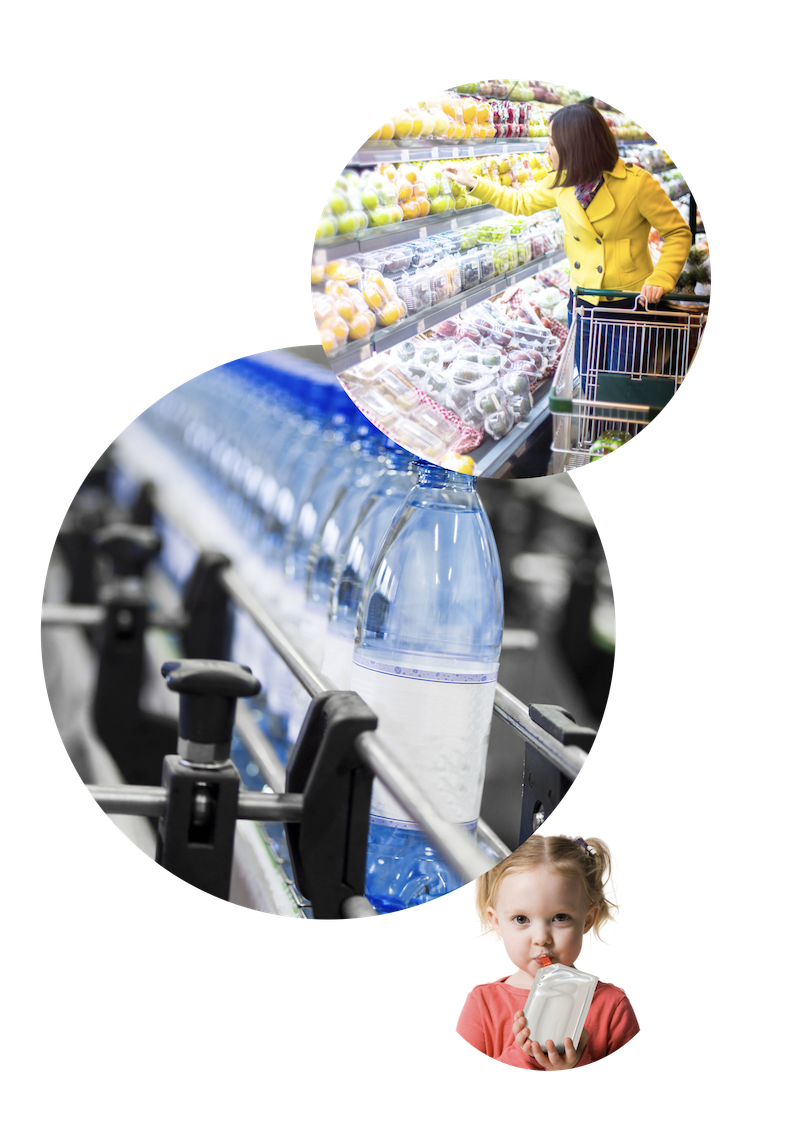
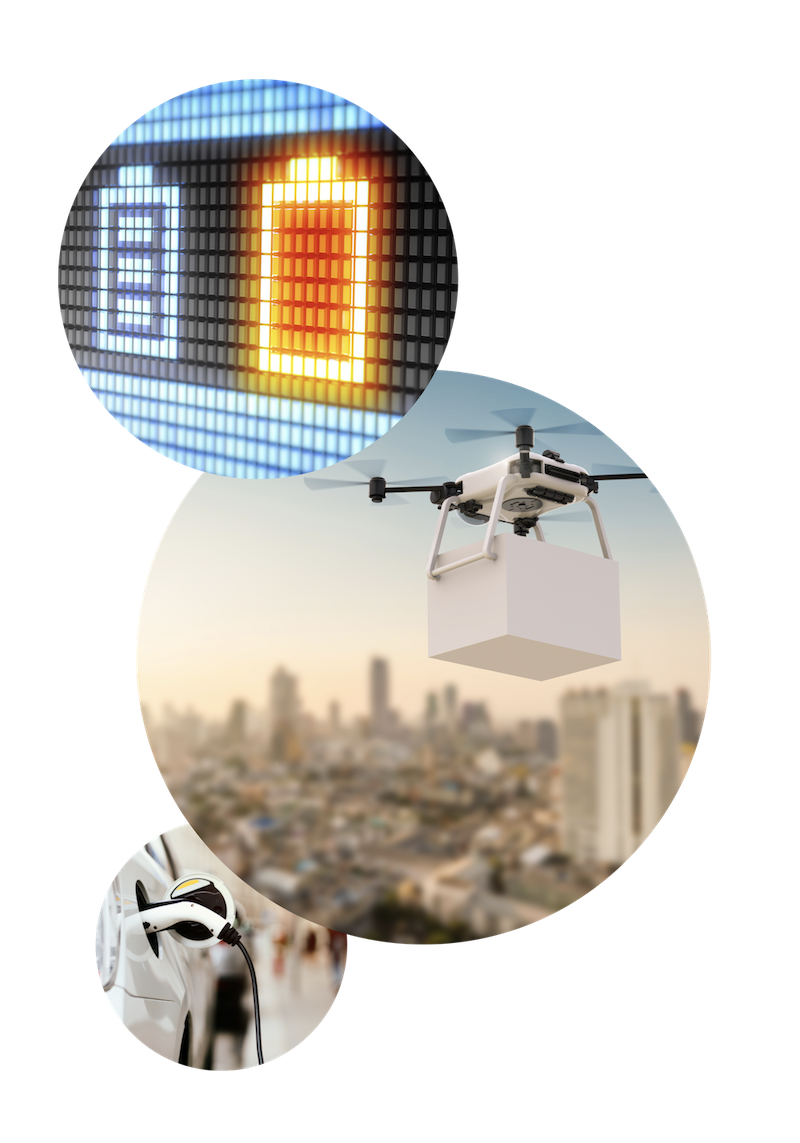
ELECTRONICS
When electronic devices reach EOL or end-of-life, we want to circulate their use by turning used plastics into a valuable resource.
This category recognizes designs of electronic products that can be easily disassembled, remanufactured, reused, and recycled to reduce waste.
Do you have the skills to help us bring the future of electronics full circle?
Submit your design for electronicsThis category recognizes designs of electronic products that can be easily disassembled, remanufactured, reused, and recycled to reduce waste.
Do you have the skills to help us bring the future of electronics full circle?
HEALTHCARE
The recent pandemic was a global wake-up call regarding the necessity of accessible healthcare and hygiene and wellness.
Optimizing the performance of health and hygiene products, most of which are made from polymers such as plastics, is a major focus in the industry. Products like diapers and insulin pens create key challenges in the disassembly and post-treatment process to be both sustainable and functional.
We’re looking for those who can design with high-performance and eco-friendly materials to build advanced solutions for a competitive edge. How will you encourage sustainable consumer behavior?
Submit your design for healthcareOptimizing the performance of health and hygiene products, most of which are made from polymers such as plastics, is a major focus in the industry. Products like diapers and insulin pens create key challenges in the disassembly and post-treatment process to be both sustainable and functional.
We’re looking for those who can design with high-performance and eco-friendly materials to build advanced solutions for a competitive edge. How will you encourage sustainable consumer behavior?
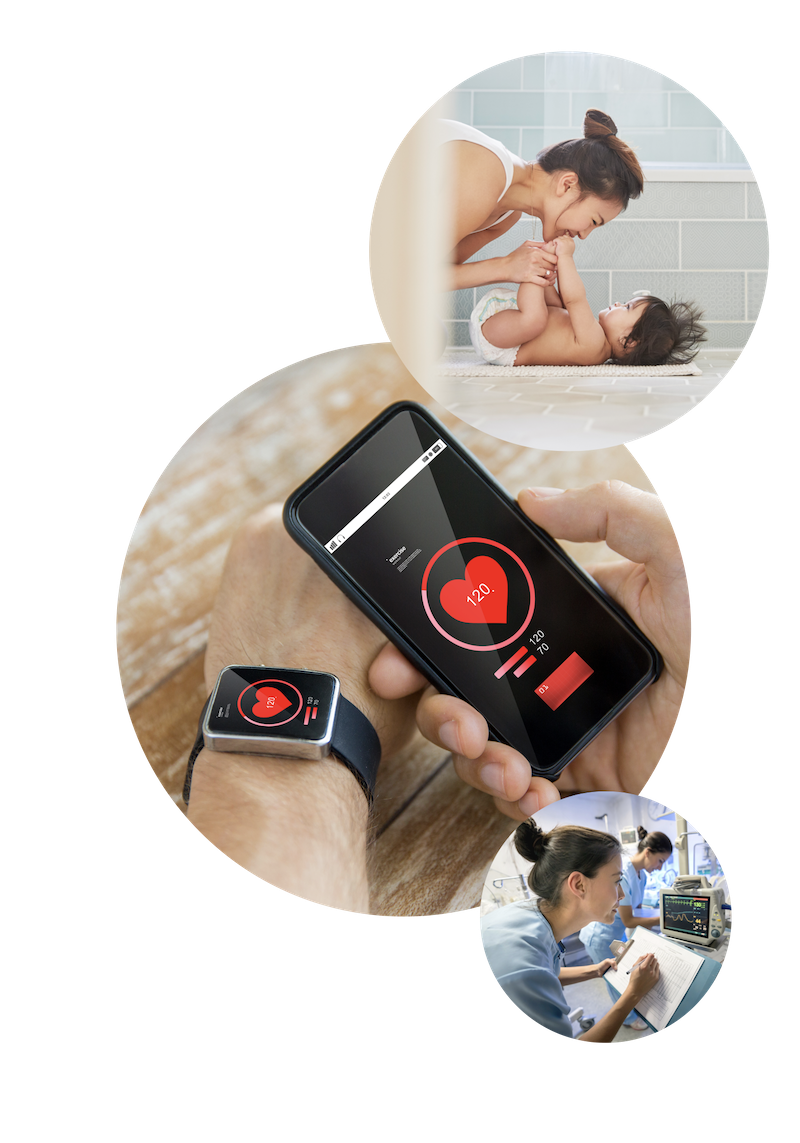
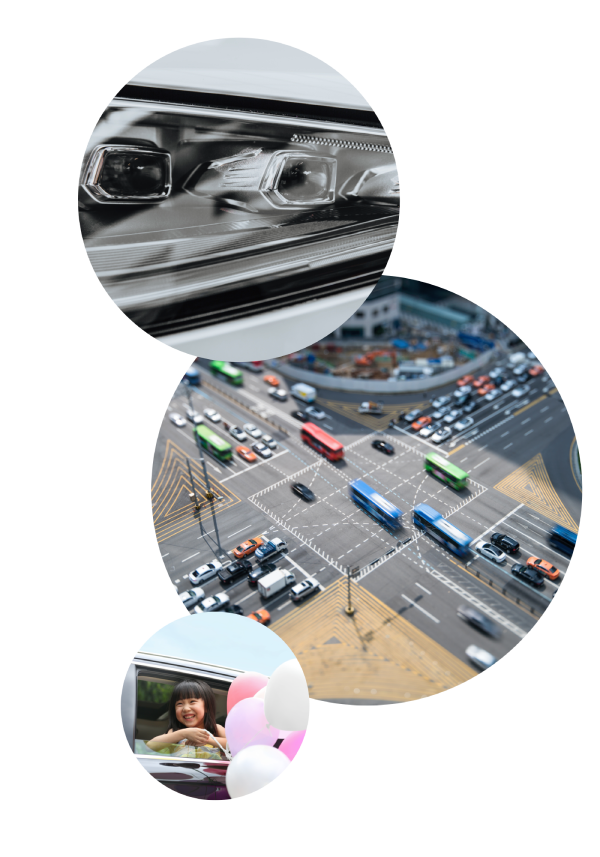
TRANSPORTATION
Fostering sustainability in the automotive industry primarily involves reducing the carbon footprint it produces. Traditional assembly lines require significant use of energy, metals, plastics, and manpower.
Automobile companies must also address evolving customer preferences and megatrends, such as connectivity, autonomous driving, car sharing, and electrification. All of which is changing the industry in every possible way.
We’re recognizing high-performance vehicle designs that reevaluate the engineering and manufacturing stages to generate minimal waste and leave a smaller carbon footprint – all while still adhering to changing safety requirements and standards.
Submit your design for transportationAutomobile companies must also address evolving customer preferences and megatrends, such as connectivity, autonomous driving, car sharing, and electrification. All of which is changing the industry in every possible way.
We’re recognizing high-performance vehicle designs that reevaluate the engineering and manufacturing stages to generate minimal waste and leave a smaller carbon footprint – all while still adhering to changing safety requirements and standards.
Previous Competitions
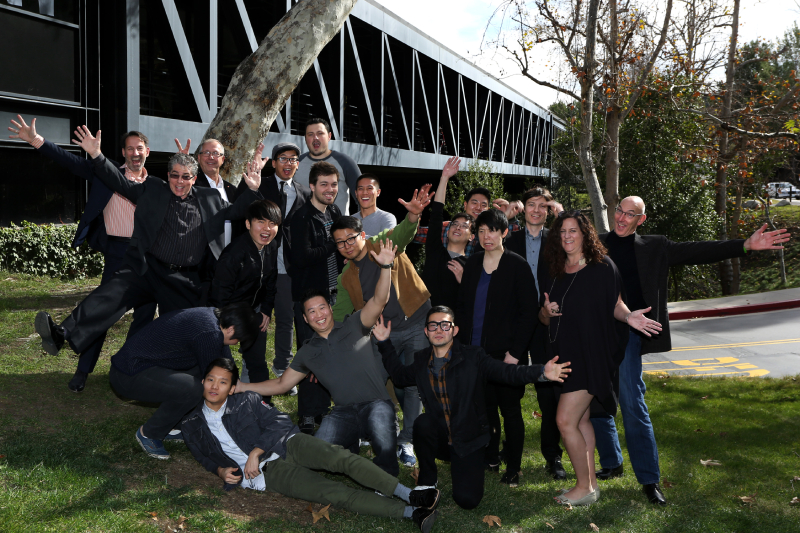
Design for Alpha
2015
Co-organized with Art Center College of Design (Pasadena, CA)
VISIcON
2013
Co-organized with Royal College of Art (London, UK)

Millenniumites
2008
In association with Car Design News
PLASTicon
2006
Co-organized with Royal College of Art (London, UK)
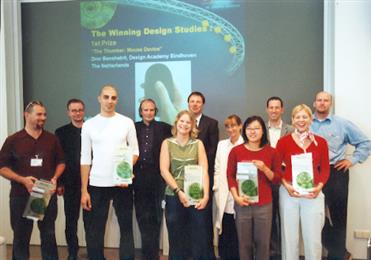
Merging Boundaries
2001
EU Based Design Competition
JURY PANEL

Gianmauro Vella
Head of Design, APAC & AMESA
PepsiCo

Shiro Nakamura
Executive Officer
SN DESIGN PLATFORM Inc.
(Former SVP and Chief Creative Officer of Nissan Motor Co.)

Mahendra Patil
Director User Experience Design
GE Healthcare

Geert Jan Schellekens
Chief Designer
SABIC

Dr. Turki Baroud
Founding Chairman, Materials Science and Engineering Dept.
KFUPM

Fatima Al Raisi
Environmental Systems Coordinator
QAFCO
Evaluation Criteria
Learn more about the four criteria the Jury Panel will use to score your submission.
- Uniqueness & creativity of idea
- Innovative use of plastics
- Potential sustainability impact
- Value to the end user (incl. aesthetics)
1
2
3
4
5
LOW
HIGH

